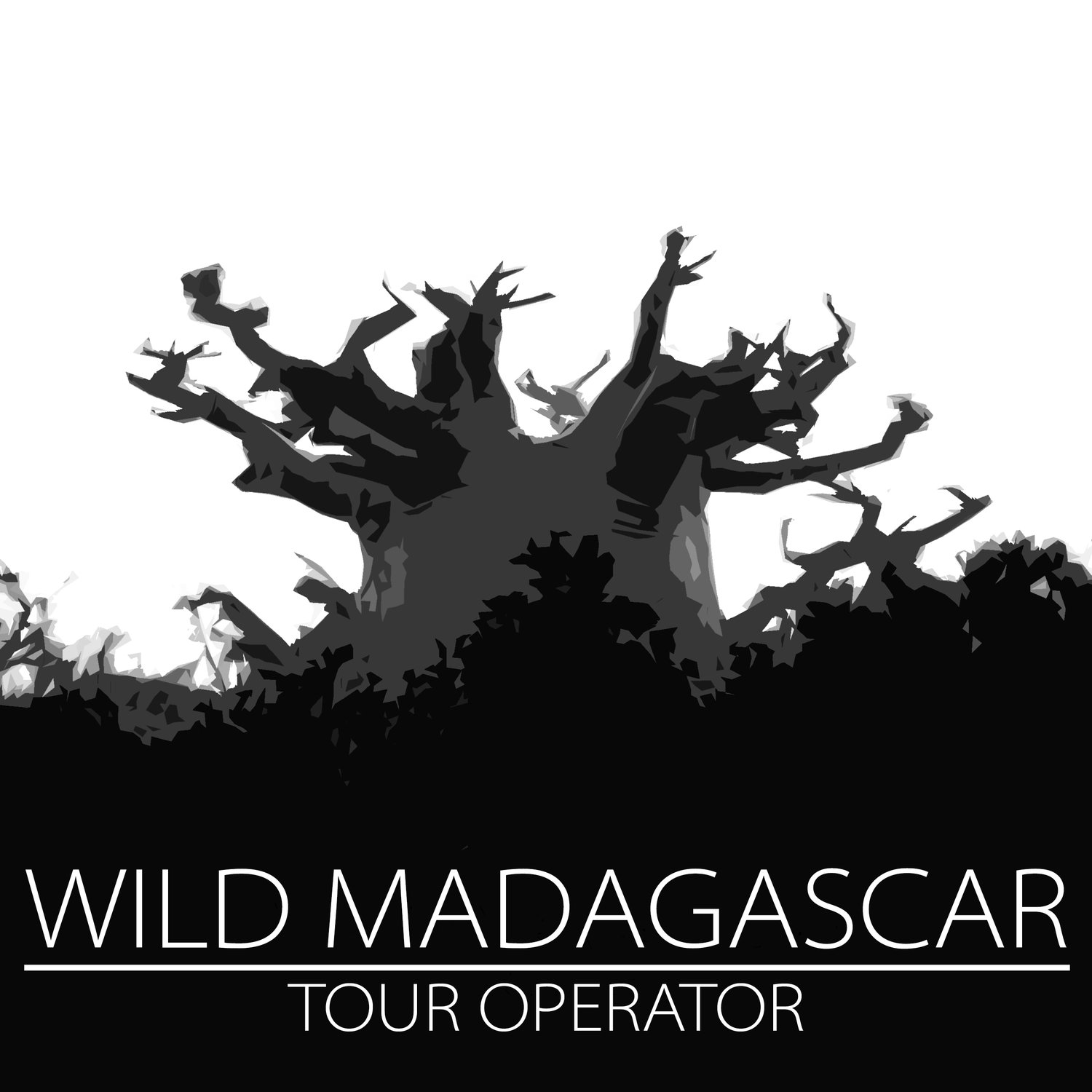Loky Manambato Anjano tsy maty
The Paysage Harmonieux Protégé de Loky Manambato is a 25000 ha protected area forest patches in the Northeast of Madagascar. Two rivers geographically limit and are at the origin of the name of the protected area, the rivers Loky in the north and Manambato in the south. The commune of Daraina along the dirt track of route national RN5a, central to the protected area, is also the closest its closest entrance. Daraina is located 56 km northwest of the harbour town of Vohemar (Iharana) and 106 km east of Ambilobe on the RN6. The somehow short distance drive to access Daraina and Loky Manambato shifts to nightmare during rainy season even with four-wheel drive vehicle restricting access to the protected area to the dry season running from May through roughly October of each year.
As a result of anthropomorphic activities, the Paysage Harmonieux Protégé de Loky Manambato shows a series of human-degraded grasslands with patches of forested areas remainders of a particularly diverse vegetation types ranging from medium altitude moist evergreen forests in high massifs, deep valleys and areas of gentle slopes, and moist semi-deciduous forests in the southwestern part of the protected area. Multi-layered dry deciduous forest with shrub and seasonally sparse herbaceous layers with emergents with sclerophyllous variant on sandy substrates occupies the central area of Loky Manambato. Riparian forests developing near rivers and wetlands, swamp forest, swamps with floating and herbaceous vegetation, humid prairies, littoral forest and mangroves respectively found on the band of coastal dune and at the estuary of the river Loky occupy part of the central and eastern and northern edges of Loky Manambato. Amongst the most noticeable plants in this highly diversified vegetation are the baobab Adansonia madagascariensis, and A. perrieri, Bauhinia darainensis, Pandanus darainensis, Vanilla madagascariensis.
The faunal group is as varied as the heterogeneous vegetational formations. All groups of vertebrates are well represented in Loky Manambato with the bird fauna admittedly the most speciose of all protected areas in Madagascar with 152 species (S.M. Goodman, M.J. Raherilalao, A. Andriamasimanana, A. Hooijer, L. Nusbaumer, H. Rakotondravony, O.M. Rakotonomenjanahary, A. Ratsaralasy, F. Razafindrajao, R. Safford, T.S. Sam, M. Sola, S. Wohlhauser, S. Zefania). Lemurs, disputably most sought of and most famous vertebrates of Madagascar, are well represented with on top of the list the critically endangered and locally endemic Propithecus tattersalli followed by unique species to the site amongst which the nocturnal species Microcebus tavaratra and Lepilemur milanoii. A special mention ought to be made of the site at Anjano tsy Maty where we usually carry out our visits to the Paysage Harmonieux Protégé de Loky Manambato where lemurs habituated to visitors live «undisturbed» in their natural habitat as opposed to some areas where gold miners somehow tamed lemurs with children fruits feeding them.
To fully enjoy wildlife encounters at Loky Manambato, an overnight stay in within the boundary of the protected area is suggested permitting both day and night experiences. Exploration of the protected area is carried out hiking, therefore, be ready to set out for a couple of hours hike. We will never tire repeating to our guests to take any chance given and arranged to set out for a night walk which is an uniquely memorable experience should one pack with luck. Please note that night walks and visits are prohibited in protected areas managed by Madagascar National Parks thus making any other protected areas special for nocturnal wildlife rendezvous.
Whichever means of accommodation is adopted, camping, lodging, etc… be ready to roughen it. Such adventure is not for the delicate. The experience, the proudness of the very few and the privilege of a close encounter with unique species of lemur in its wild habitat is unmatched though.

